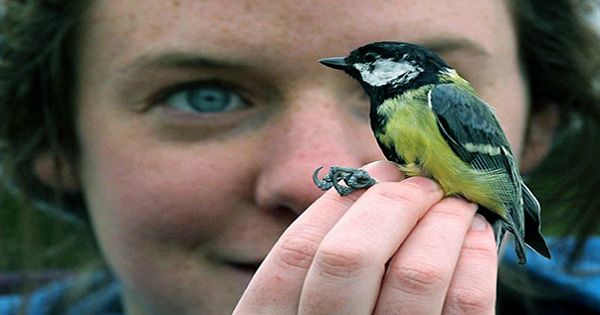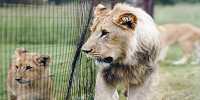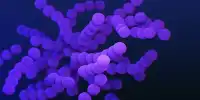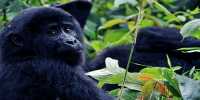Scientists have observed changes in the culture of the bird community while introducing new members that less tied to the tradition, leading more suitable populations for a fabricated environment.
Their work proves that immigrants bring in established communities. Zoologists refer to culture in their subjects as behavior that is learned from parents or peers; it is widespread within a group and remains constant over time. Many mammals and birds have shown to have significant cultural differences between a species like “sponge” or nut cracking of some chimpanzees near the shark bay dolphin.
The introduction of foil-topped milk bottles has become one of the most documented examples of culture among great mothers (Parus major). In 1921, in Hampshire, Swaythling was tapping holes in the foil to swallow the cream. Other large-scale new food sources initially eliminated, but the practice gradually spread, covering all of Britain within 20 years. It has long suspected that some breasts taught from others, with Avian Einstein, the inventor who taught others – although the study of birds in North America has questioned this. It was only six years ago that scientists proved that the big Myra could teach each other strategies that could become stable among the people, unless it was useful.
Michael Chimento, a PhD student at the Max Planck Institute of Animal Behavior, wanted to know how stable bird culture is when better options are available. Chimento had great feathers in the forests around Konstanz, Germany, and placed each of them in 18 groups of six birds. Each group had access to a puzzle box that provided food during the solution. Each puzzle had two solutions, one faster and more efficient than the other did.
One bird in each group taught a gradual puzzle solution, after which it taught to all the others. After the inferior method was well established, Chimento replaced two birds in nine groups with fresh Capture Mai that the puzzle had never seen before. New birds replaced every week for the next three weeks.
In current biology, Chimento and co-authors call groups that they call “innocent immigrants” more likely to adopt more effective approaches to food access. Thus, the whole group benefited from the entry of outsiders. Chimento said in a statement, “Experimental evidence of cultural change in the animal kingdom is very rare, so we were surprised and overwhelmed by the result.”















